

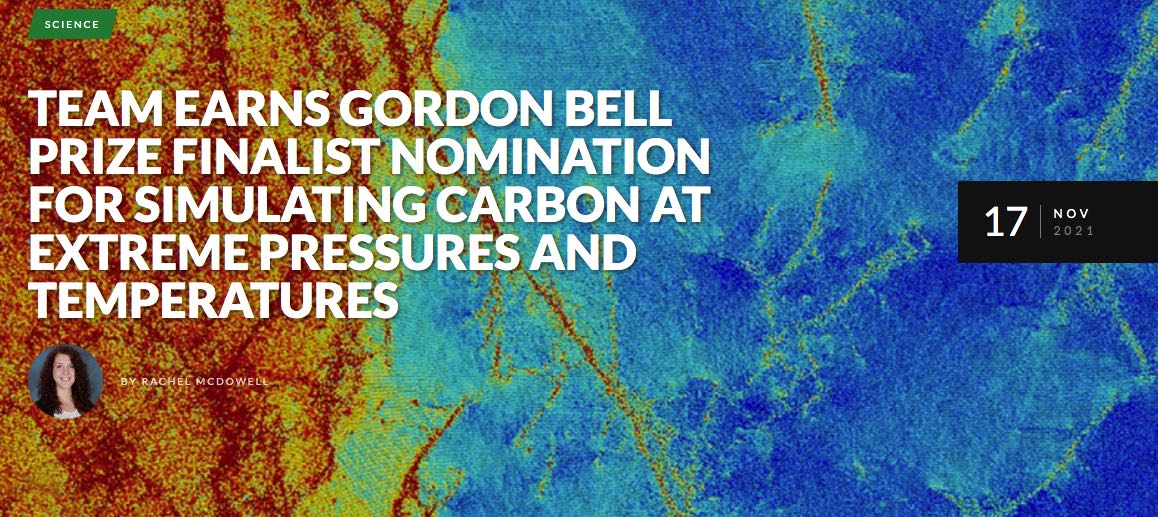
A team employed Summit, the nation’s fastest supercomputer,
to model the behavior of carbon under extreme temperatures and pressures.
OLCF/ORNL Press Release, November 17, 2021. Read more ->
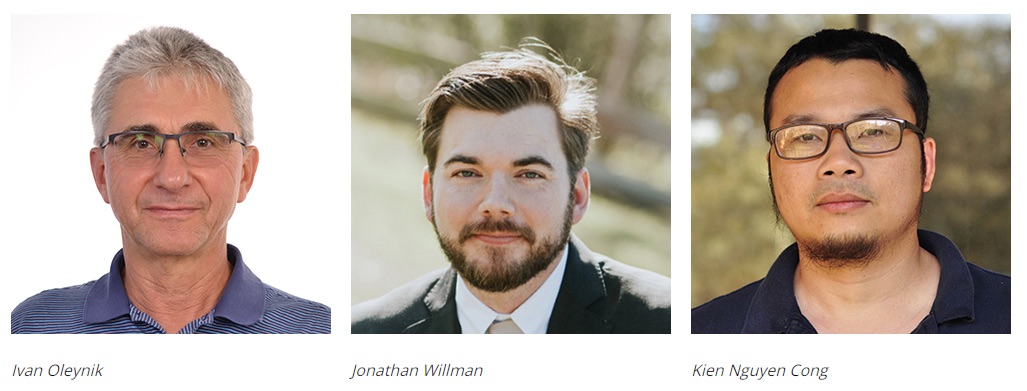
A team of computational physicists and computer scientists led by researchers from the University of South Florida
has reached a new milestone in supercomputing and was selected as a finalist for the field’s most prestigious award.
USF press release, November 16, 2021. Read more ->
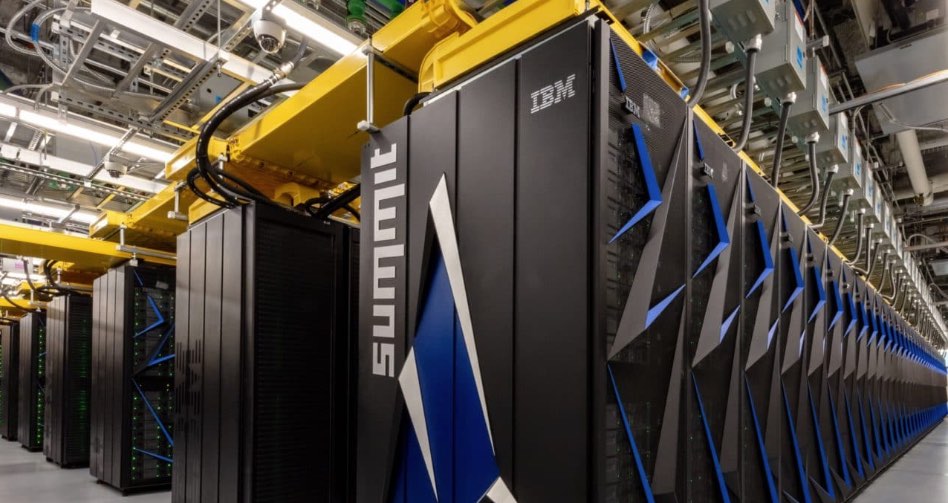
Four teams used NVIDIA’s accelerated computing and AI platforms in work that won them spots as
finalists for a standard Gordon Bell award or a special prize for COVID research — two of them
with stunning billion-atom simulations.
NVIDIA Blog, November 15, 2021. Read more ->
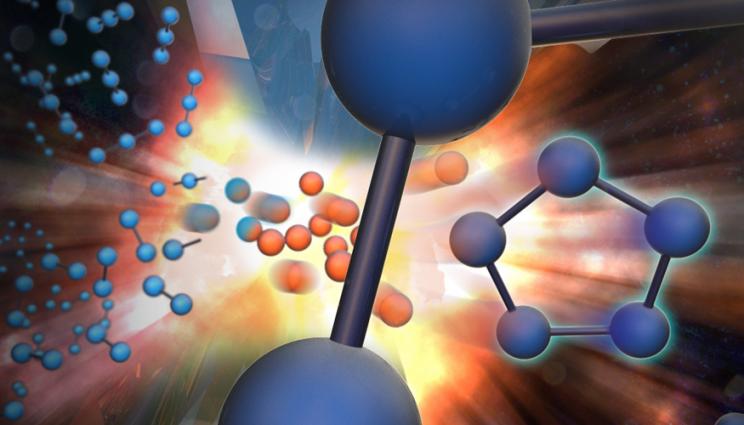
Lawrence Livermore National Laboratory (LLNL) scientists in collaboration with University of
South Florida theorists recently reported the synthesis and equation of state of a long
sought-after five-ring nitrogen (N5) compound.
LLNL Press Release, December 19, 2016. Read more ->
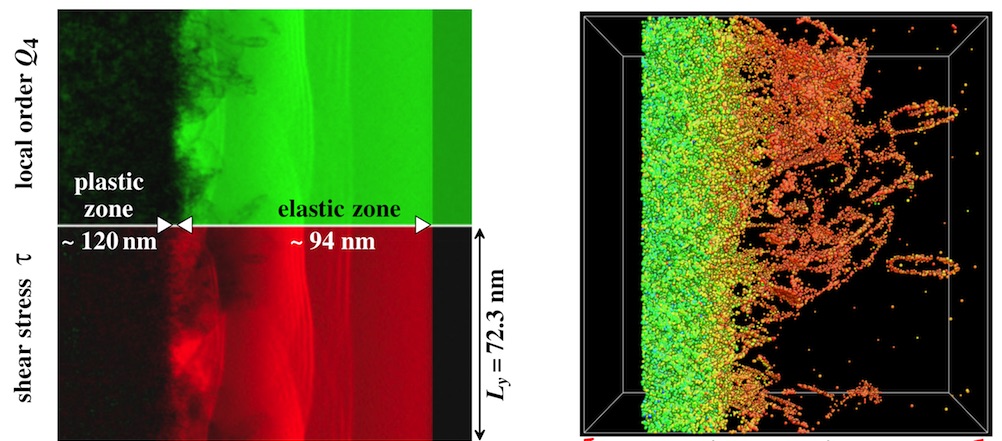
A shock wave is a pressure jump that propagates at supersonic speed. In solids, an impact or other sort of
shock can generate two waves: an “elastic” compression wave followed by a separate, slower “plastic”
wave that irreversibly deforms the material.
APS Physics News, September 22, 2011. Read more ->
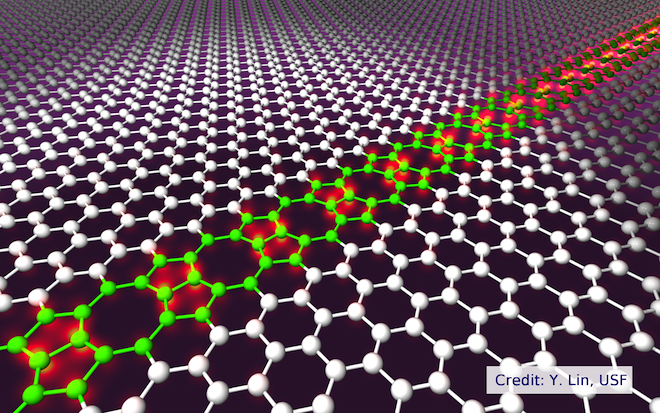
Graphene could someday replace silicon as a semiconductor material and make our chips smaller and faster,
except for one tiny detail: it’s been rather hard to mess with its electronic properties. Until now.
“We have experimentally realized and theoretically investigated, for the first time, perfect atomic wires in
graphene,” Ivan Oleynik, one of the two University of South Florida professors behind the discovery, told Wired.com
Featured article in Wired Magazine, April 9, 2010. Read more->
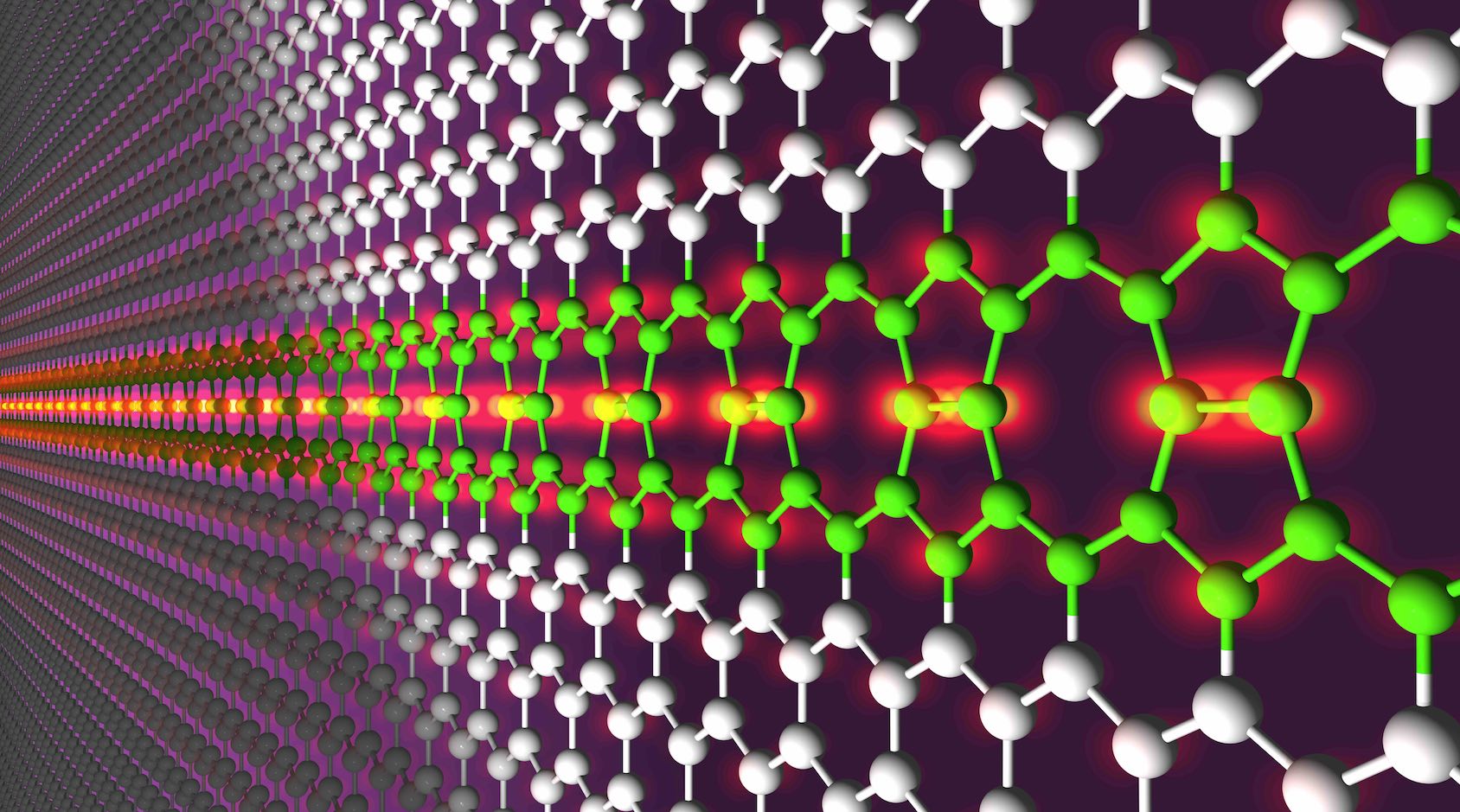
Researchers at the University of South Florida have developed
a technique to turn defects in graphene into tiny metallic wires.
NSF Press Release, March 30, 2010. Read more ->
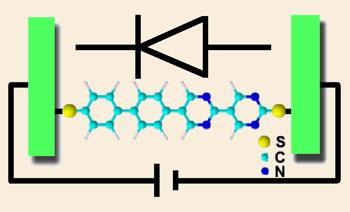
Recently, at Arizona State University's Biodesign Institute, N.J. Tao and collaborators have found a way
to make a key electrical component on a phenomenally tiny scale. Their single-molecule diode is described in this
week's online edition of Nature Chemistry.
ASU Press release, October 21, 2009. Read more ->
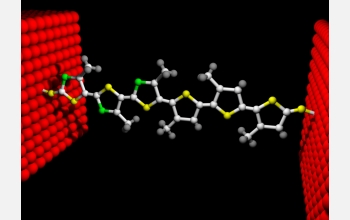
Single-molecule diode may change Moore's "law" of microchip memory.
NSF Press Release, April 3, 2006. Read more ->